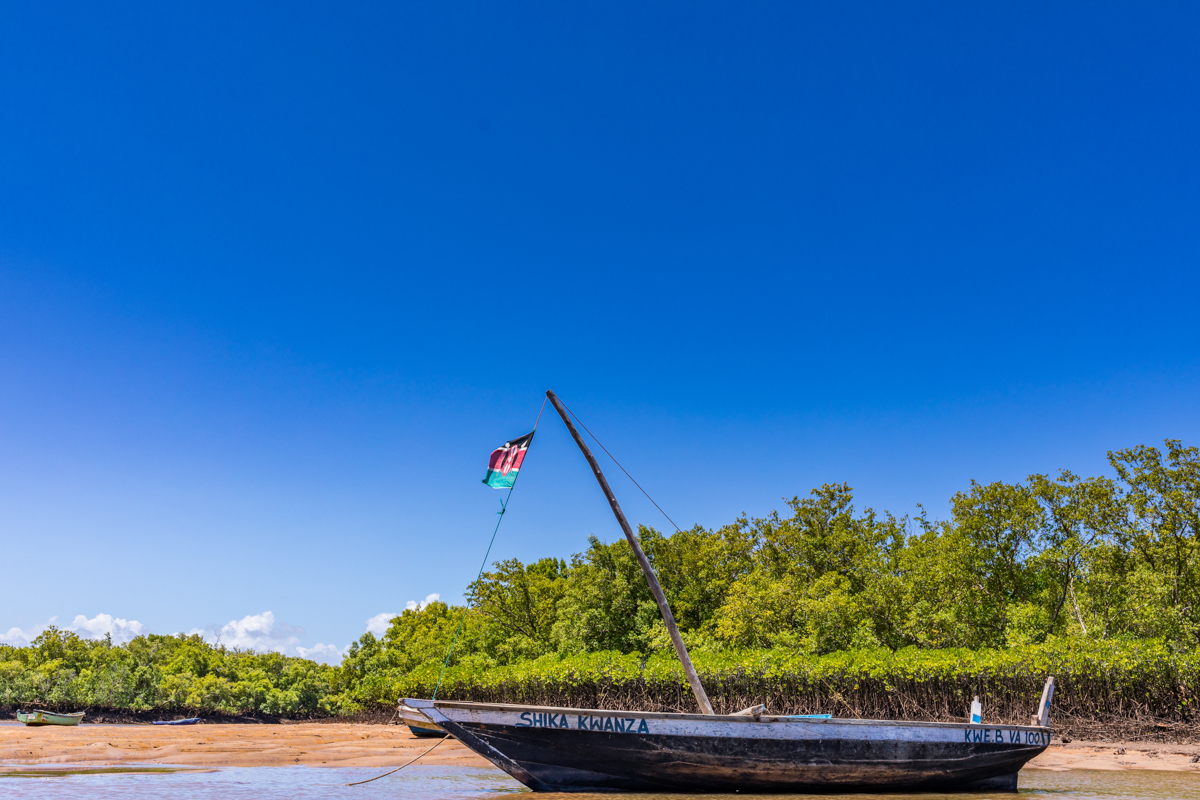
Throughout different Key Informant interviews, we got mixed responses as to exactly when the high and low seasons occur which may be dependent on experience, fishing gears used and fish species targeted however,in general there are two main fishing seasons; Kusi and Kaskazi. Kusi is the low season with strong SE monsoon winds . April to June is particularly stormy. However this leads to better prices for fish. Kaskazy on the other hand is high season and is experienced from August to March.
Certain formal regulations surrounding the fishery were mentioned by the EX Fisheries Department andcurrent BMU vice secretary and are included in the table below. We did not however get access to secondary sources and hence these represent perceived views as to what rules and regulations are in place rather than an exhaustive list that may be obtained from various secondary sources.
Once fish are landed, fish are auctioned. Traders will grade the fish and prices will differ depending on season,type and size of fish. There are various fish landing facilities such as cool boxes, cemented floor for processing fish and an ice plant which is not operational. The ice storage facility was constructed but was never made to work. The ice supply therefore comes from Mombasa in a large supply which can last for 3-4 days. There are 7 ice supplies (5 small scale and 2 large scale). There are thought to be over 100 fish traders in different categories: Mama Karangas (approx. 40), bicycle traders, motor bike traders and large scale traders.
The Ex Fisheries Department Officer provided some interesting historical perspectives as to how fishing has evolved in the last 10 years: Motorised boats started recently Ring nets more frequently used Better market facilities means fish can be preserved for longer Declines of fish Overcrowding of fishermen (many are due to have left traditional activities to join fishing, however they have no experience and are involved in illegal beach seine fishing as crew members) Flooding more frequent leading to post harvest losses as fish can’t be transported out of Vanga Speargun fishing is thought to be on the rise (due to its high CPUE) Infrastructure improvements has expanded market destinations New Fishery management is hampered as there is a belief that availability and reproduction of fish is
controlled by supernatural powers (some believe fish is not a finite resource).
Savings
Most fishers are not familiar with the “saving” culture. A village bank was started in 2008 but was not well managed. It has since undergone a “revival” but the idea of “saving” is still not one which is familiar to many fishers. They believe they will “always go to sea and get fish so they are not worried about tomorrow”.Nevertheless, savings can be done through MPesa and microfinance institutions such as KWFT, K-REP and the Women/Youth fund.
Mangroves
The mangroves in Vanga are under the Kenya Forestry Service (KFS) management. Only licensees harvest and there is apparently very little illegal cutting as there are alternative building materials. Honey is harvested inthe mangroves three times a year and mangroves also allow for aquaculture which is harvested every 6 months.
After the 2006 tsunami the mangroves were damaged but had provided good protection. Programmes were consequently started to rehabilitate and conserve these mangrove forests. 200, 000 seedlings have recently been planted to reduce pressure of mangrove harvesting.
Mangroves are partly managed by the VAJIKI forest association which has mangrove activities covering Vanga, Koma, Jimbo and Kiwegu villages. KFS holds information where mangroves have been mapped and potential ecotourism sites have been identified.
The VAJIKI forest association member also provided some historical aspects of mangrove conservation and described recent changes:
There has been an increase in community awareness towards mangroves and this has helped in their
conservation Funding has been received from various NGOs (EAWS, WWF, GET, UNDP) to implement mangrove conservation activities. Over time, mangrove cutting has reduced, and the use of mangrove charcoal has also diminished.Charcoal from Tanzania is now being used instead. Mangrove poles are less frequently used as housing is more modernised (use of stones). Many people using mangroves come from outside Vanga.
Tourism
There is thought to be very little tourism occurs in Vanga. Whilst there may be some local tourists, such as those on educational tours and research students from different school, the area has no developed tourism facilities. NGOs are being encouraged to market the area for tourism, but to no avail.

